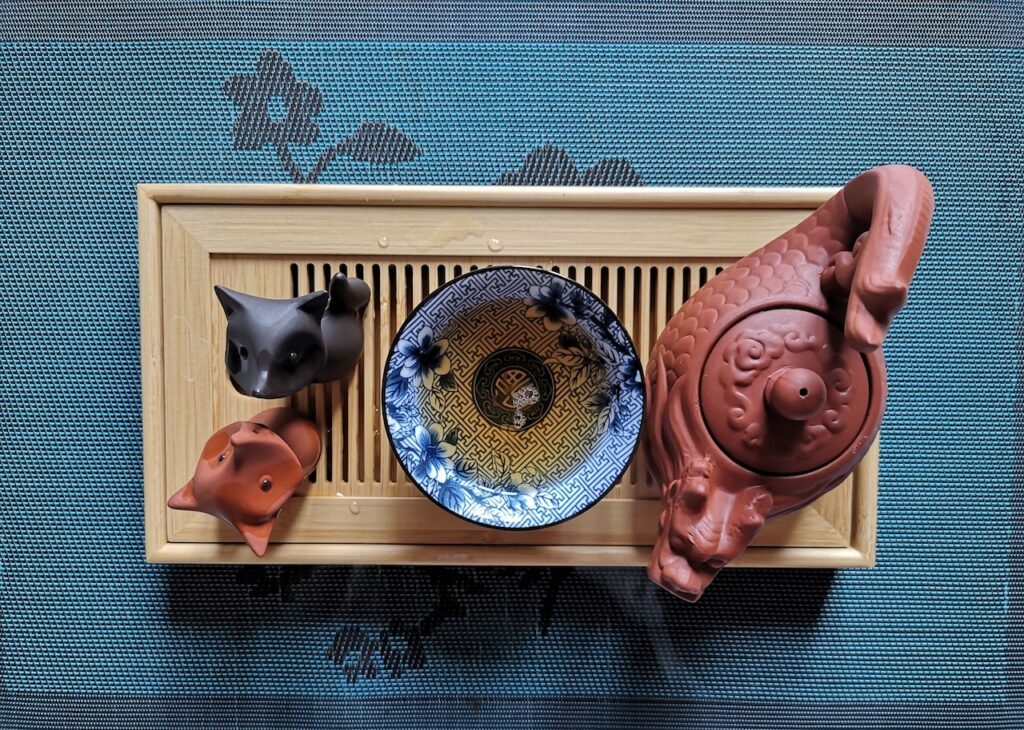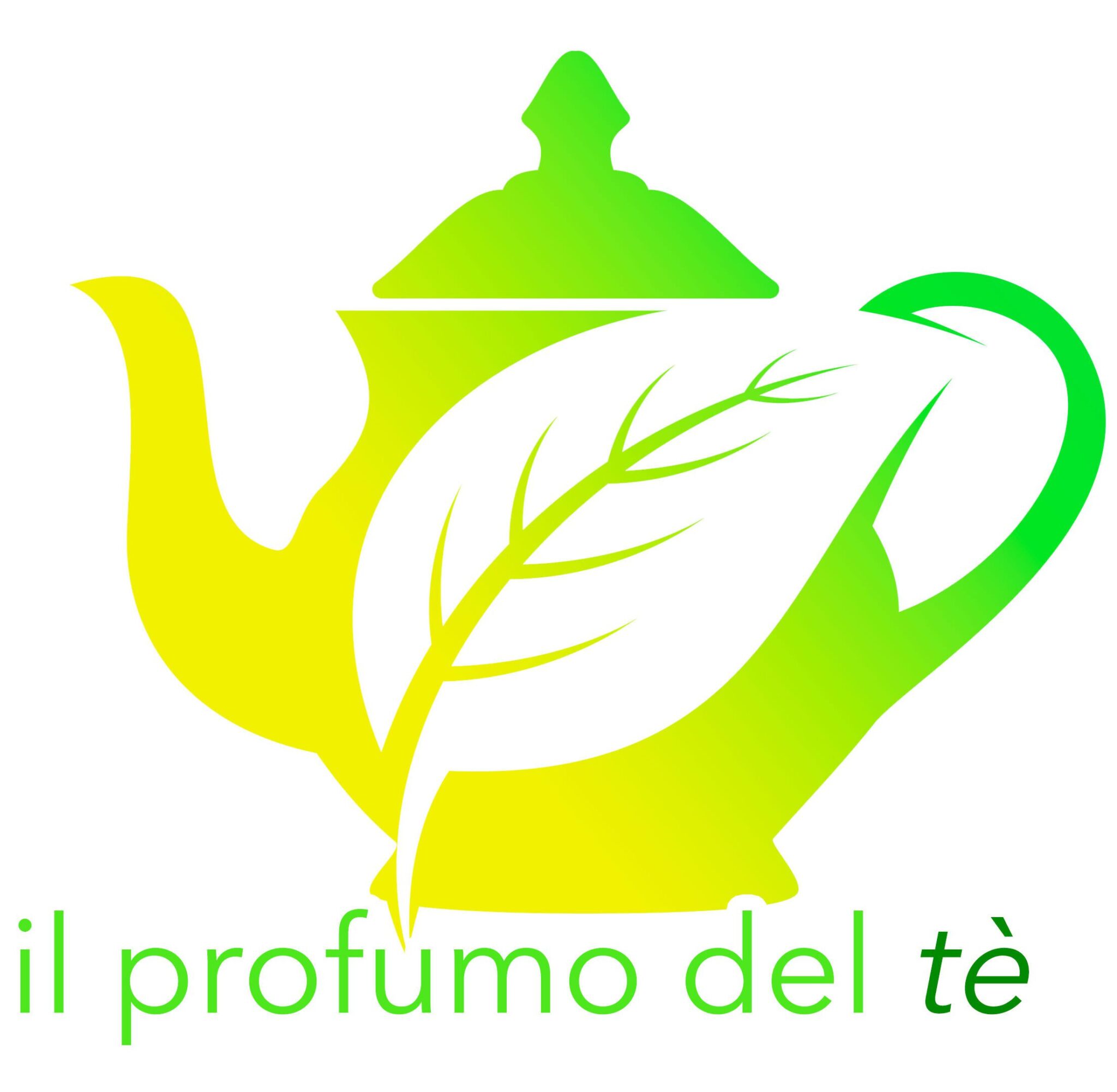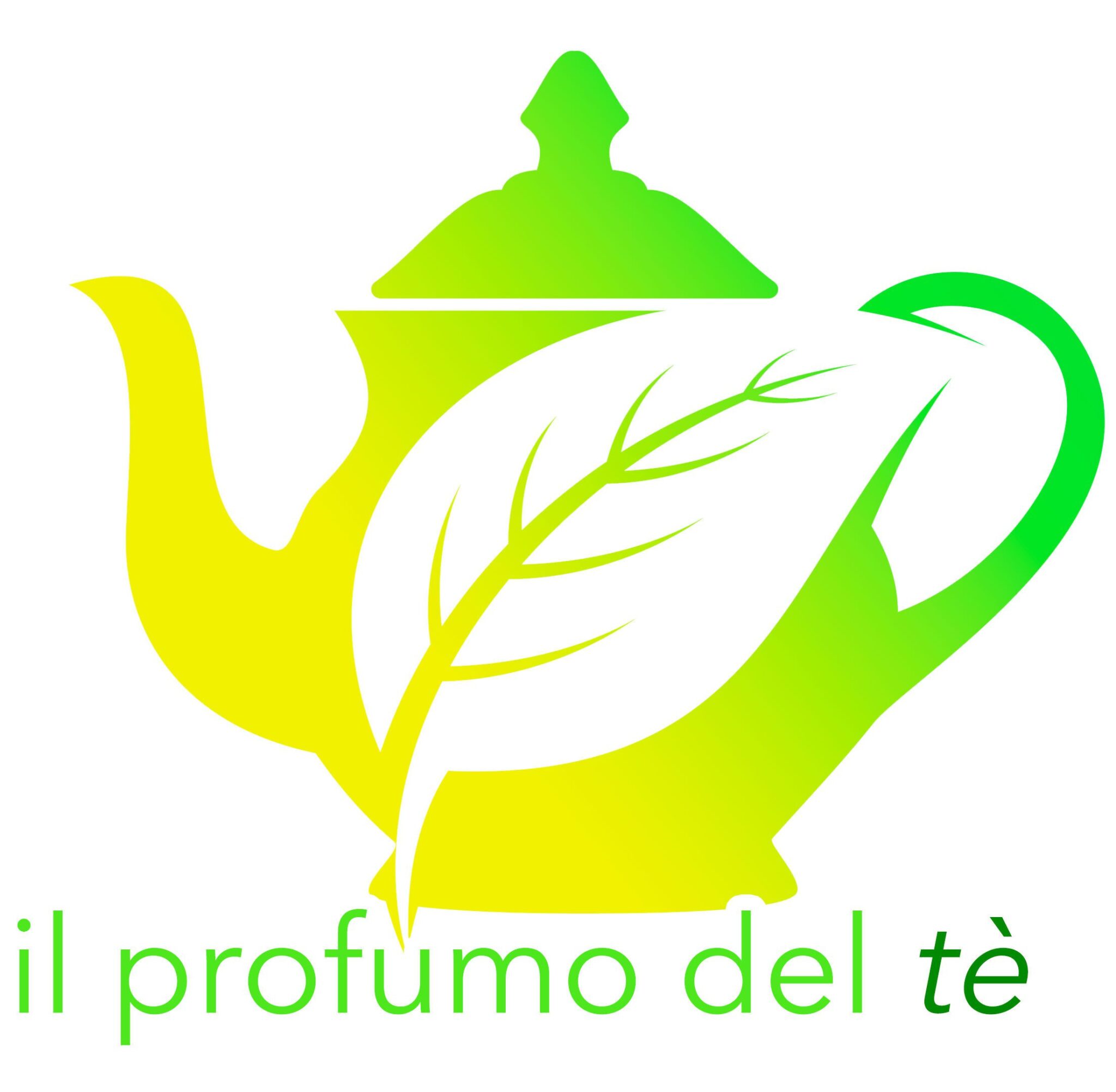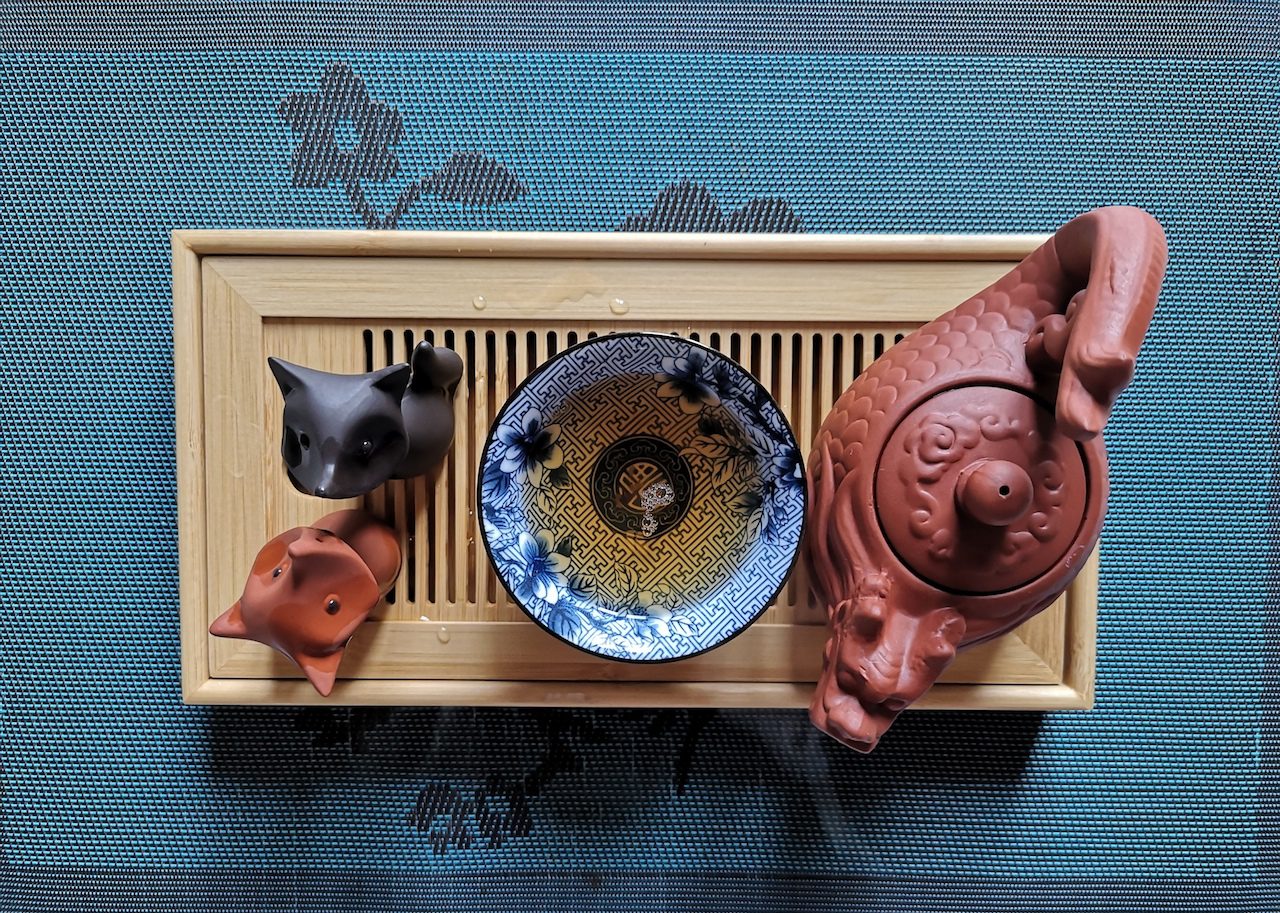Oggi ho degustato un buonissimo Puerh Raw in torta invecchiato del 2014 inviatomi da provare dall’azienda Teasenz che ringrazio. Davvero dolcissimo e di ottima qualità, dal profumo intenso e dal gusto equilibrato, adatto a più infusioni.
Come molti sanno i tè Puerh sono detti in Cina “neri” o fermentati per la particolare lavorazione a cui sono sottoposti e lasciati maturare per anni, al fine di raggiungere un’aroma e un gusto più dolce e delicato.
Questa tipologia di tè viene lavorata dalla pianta Camellia Sinensis Assamica (foglie Da Ye) nello Yunnan, da cultivar da talea di alberi secolari protetti dallo stato.
La lavorazione dei Puerh può essere Sheng o Shu, ovvero “crudo” oppure “cotto”. Questo è un Puerh Sheng dove, dopo un breve appassimento all’aperto e una cottura a secco per bloccare l’ossidazione, il maocha (così si chiama questa tipologia di tè verde) viene rullato a mano, essiccato al sole e poi vaporizzato e compresso in torte, che verranno immagazzinate e lasciate fermentare e maturare in condizioni controllate per diversi anni.
Più a lungo lasceremo fermentare queste torte più acquisteranno pregio, aroma, gusto e bontà.
SCHEDA DI DEGUSTAZIONE
Tipologia: tè puerh sheng raw 2014.
Provenienza: Yunnan, Cina.
Proprietà: rinvigorente e digestive, ricco in caffeina.
Foglie a secco: maocha verde scuro kaki, foglie stessa dimensione arricciate a spina dorsale di drago compresse con germogli dorati.
Foglie dopo infusione: ampie ed omogenee, morbide e di color verde leggermente marroni ai bordi, aroma fresco, fiorito e fruttato con note di sottobosco.
Aroma: intenso con note terrose di sottobosco e legnose.
Colore del liquore: giallo paglierino intenso dorato e limpido.
Gusto: leggero seppur intenso e corposo. Morbido con note di sottobosco. Fresco e fruttato con note di albicocca dal gusto dolce e maltato. Poco astringente, poco amaro.
Preparazione: unica infusione 2,5-3 grammi di foglie ogni 200 ml di acqua PH 6.8 a 95 gradi per un tempo di 3 minuti. Le foglie possono essere infuse successivamente da un minuto a 30 secondi.
Teiera ideale: Yixing – rito Gong Fu Cha.
Abbinamenti: ai pasti come digestivo con frutta, verdure, pesce e carni bianche accompagnato da riso.
Aggiunte: nessuna.
Nan Nuo Shan Guhua Puerh Tasting

Today I tasted a delicious Puerh Raw in aged cake from 2014 sent to me to try by the Teasenz company which I thank. Really sweet and of excellent quality, with an intense aroma and balanced taste, suitable for multiple infusions.
As many know, Puerh teas are called “black” or fermented in China due to the particular processing they undergo and are left to mature for years, in order to achieve a sweeter and more delicate aroma and taste.
This type of tea is processed from the Camellia Sinensis Assamica plant (Da Ye leaves) in Yunnan, from cultivars from cuttings of centuries-old trees protected by the state.
The processing of Puerh can be Sheng or Shu, or “raw” or “cooked”. This is a Puerh Sheng where, after a brief drying outdoors and dry cooking to block oxidation, the maocha (as this type of green tea is called) is hand-rolled, sun-dried and then vaporized and compressed in cakes, which will be stored and left to ferment and mature under controlled conditions for several years.
The longer we leave these cakes to ferment, the more they will acquire value, aroma, taste and goodness.
TASTING CARD
Type: puerh tea sheng raw 2014.
Origin: Yunnan, Cina.
Properties: invigorating and digestive, rich in caffeine.
Dry leaves: khaki dark green maocha, same size dragon spine curl leaves compressed with golden buds.
Leaves after infusion: large and homogeneous, soft and slightly brown green at the edges, fresh, flowery and fruity aroma with notes of undergrowth.
Aroma: intense with earthy undergrowth and woody notes.
Color of the liqueur: intense golden and clear straw yellow.
Taste: light yet intense and full-bodied. Soft with notes of undergrowth. Fresh and fruity with notes of apricot with a sweet and malty taste. Little astringent, zero bitterness.
Preparation: single infusion 2,5-3 grams of tea leaves every 200 ml of water PH 6.8 at 95 degrees for 3 minutes. The leaves can then be infused for between one minute and 30 seconds.
Ideal teapot: Yixing – Gong Fu Cha ritual.
Pairings: with meals as a digestive with fruit, vegetables, fish and white meat accompanied by rice.
Additions: none.

Degustazione di un pregiato Puerh del 2014 con rito Gong Fu Cha – Photo@Veru



No responses yet